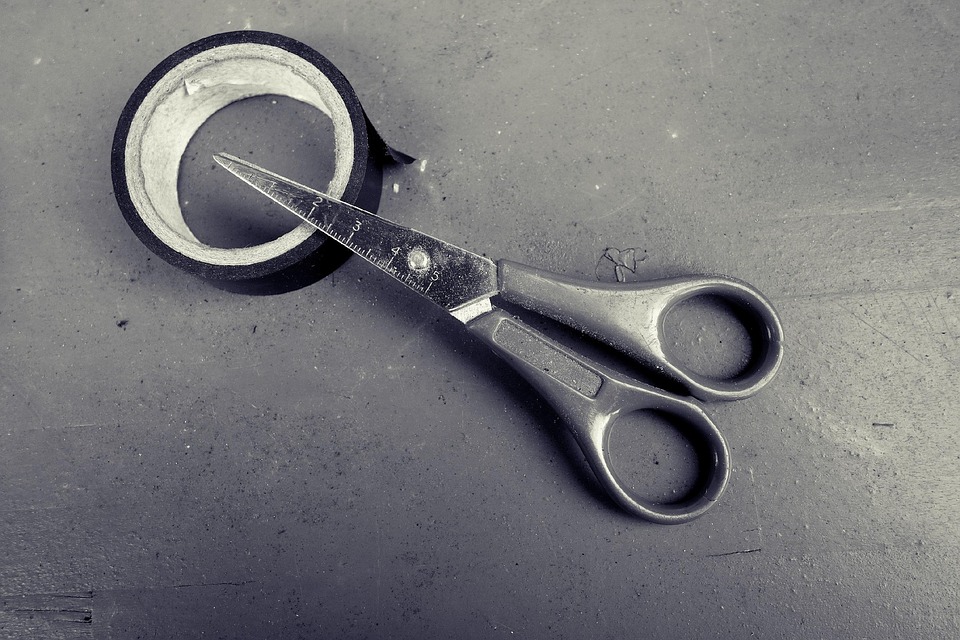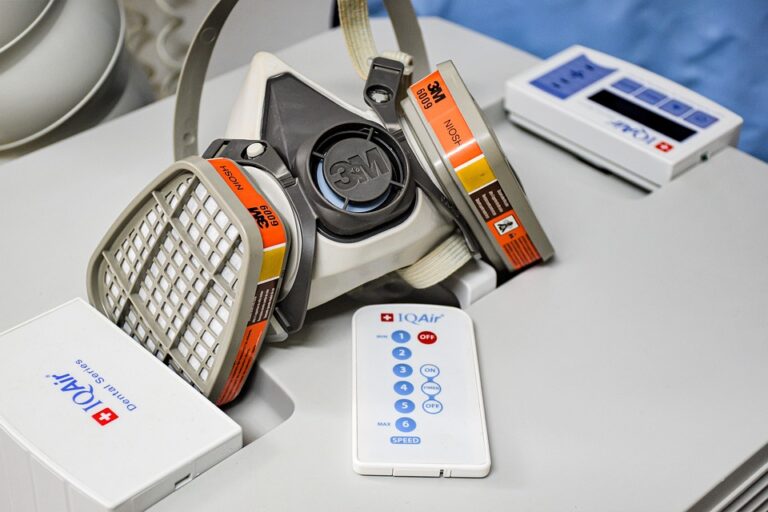как удалить двусторонний скотч со стены
[ad_1]
Introduction
Double-sided tape is a remarkably useful adhesive for a variety of purposes, from hanging decorations to securing lightweight objects. Its convenience, however, can quickly turn into frustration when it’s time to remove it from a wall. The tenacious bond of double-sided tape can leave behind sticky residue, tear paint, or even damage wallpaper. Fear not! Removing double-sided tape without causing damage is entirely possible with the right techniques and a little patience. This guide will walk you through various methods, providing step-by-step instructions and helpful tips to safely and effectively remove double-sided tape from your walls.
Understanding the Challenge
The difficulty in removing double-sided tape stems from its adhesive properties. The tape is designed to create a strong bond with two surfaces, making it resistant to peeling or pulling. When you attempt to remove the tape forcefully, you risk tearing the paint or damaging the wall material underneath. Furthermore, the adhesive residue left behind can be unsightly and difficult to clean.
Preparing for Removal: Before You Begin
Before you start tackling the tape removal, it’s essential to assess the wall surface and gather the necessary tools. This preparation will help minimize the risk of damage.
- Identify the Wall Surface: Is it painted drywall, wallpaper, wood paneling, or something else? Different surfaces require different approaches.
- Test in an Inconspicuous Area: Before applying any cleaning solution or technique to the entire area, test it in a hidden spot to ensure it doesn’t damage the wall.
- Gather Your Supplies: Depending on the method you choose, you may need the following:
- Hair dryer
- Heat gun (use with extreme caution)
- Plastic scraper or putty knife
- Soft cloth or sponge
- Rubbing alcohol (isopropyl alcohol)
- Goo Gone or similar adhesive remover
- Dish soap
- Water
- Painter’s tape
Methods for Removing Double-Sided Tape
Here are several methods for removing double-sided tape, starting with the gentlest options and progressing to more aggressive techniques. Remember to prioritize patience and avoid excessive force.
1. The Hair Dryer Method (Heat Application)
Heat can soften the adhesive, making it easier to peel away the tape without damaging the wall.
- Set the hair dryer to a medium heat setting.
- Hold the hair dryer a few inches away from the tape and move it back and forth along the length of the tape for several seconds.
- Gently try to peel back a corner of the tape. If it comes away easily, continue peeling slowly while applying heat. If it’s still stuck, apply more heat.
- Once the tape is removed, clean any remaining residue with a soft cloth and a mild soap solution.
Warning: Avoid using a high heat setting or holding the hair dryer in one spot for too long, as this can damage the paint or wall surface.
2. Using a Plastic Scraper or Putty Knife
A plastic scraper can help gently lift the tape without scratching the wall.
- Carefully insert the plastic scraper between the tape and the wall at a shallow angle.
- Gently push the scraper forward to lift the tape. Avoid using excessive force.
- If the tape is difficult to remove, try combining this method with heat application.
- After removing the tape, clean any remaining residue with a suitable cleaning solution.
Warning: Avoid using metal scrapers, as they can easily scratch or damage the wall.
3. Rubbing Alcohol (Isopropyl Alcohol)
Rubbing alcohol is a solvent that can dissolve the adhesive in double-sided tape.
- Dampen a soft cloth or cotton ball with rubbing alcohol.
- Gently dab the alcohol onto the tape, allowing it to soak in for a few minutes.
- Try to peel back a corner of the tape. If it comes away easily, continue peeling slowly while applying more alcohol as needed.
- If the tape is still stuck, use a plastic scraper to gently lift it while applying alcohol.
- After removing the tape, clean the area with a clean, damp cloth.
Warning: Rubbing alcohol can damage some surfaces, so test it in an inconspicuous area first. Ensure proper ventilation while using rubbing alcohol.
4. Adhesive Remover (Goo Gone, etc.)
Commercial adhesive removers are specifically designed to dissolve sticky residue.
- Follow the instructions on the adhesive remover product.
- Generally, you’ll apply the remover to the tape, let it sit for a few minutes, and then gently peel or scrape away the tape.
- After removing the tape, clean the area with a clean, damp cloth to remove any remaining residue from the adhesive remover.
Warning: Adhesive removers can be strong solvents, so test them in an inconspicuous area first. Wear gloves and ensure proper ventilation.
5. Dish Soap and Water
For less stubborn tape, a mixture of dish soap and water can sometimes do the trick.
- Mix a few drops of dish soap with warm water.
- Dampen a soft cloth or sponge with the soapy water.
- Gently rub the tape with the cloth or sponge, allowing the soapy water to soak into the adhesive.
- Try to peel back a corner of the tape. If it comes away easily, continue peeling slowly.
- After removing the tape, clean the area with a clean, damp cloth to remove any soap residue.
Dealing with Residue
Even after removing the tape, there may be sticky residue left behind. Use the same techniques mentioned above (rubbing alcohol, adhesive remover, or dish soap and water) to clean the residue. Be patient and persistent, and avoid using abrasive cleaners that could damage the wall surface.
Protecting the Wall During Removal
To minimize the risk of damage, consider using painter’s tape to protect the surrounding area. Apply painter’s tape around the edges of the double-sided tape to prevent cleaning solutions or tools from coming into contact with the paint or wallpaper.
Заключение
Removing double-sided tape from walls requires patience and the right techniques. By carefully assessing the wall surface, gathering the necessary tools, and using the appropriate method, you can successfully remove the tape without causing damage. Remember to always test cleaning solutions in an inconspicuous area first and avoid using excessive force. With a little effort, you can restore your walls to their original condition.
Frequently Asked Questions (FAQs)
Q: What if the tape is really stuck and won’t budge?
A: Try combining methods. For example, apply heat with a hair dryer and then gently use a plastic scraper to lift the tape. You can also try applying rubbing alcohol or adhesive remover and letting it sit for a longer period of time before attempting to remove the tape.
Q: How can I prevent damage to the paint?
A: The key is to be gentle and patient. Avoid using excessive force or abrasive cleaners. Testing your methods in an inconspicuous area is crucial. Using painter’s tape to protect the surrounding paint can also help.
Q: Will these methods work on wallpaper?
A: Wallpaper is more delicate than painted walls, so extra caution is needed. Start with the gentlest methods, such as heat application. Avoid using rubbing alcohol or strong adhesive removers, as they can damage the wallpaper. Always test in a hidden area first. If you’re unsure, consult a professional.
Q: What’s the best way to remove residue from wallpaper?
A: Gently dab the residue with a damp cloth and a mild soap solution. Avoid rubbing vigorously, as this can damage the wallpaper. You can also try using a wallpaper cleaner specifically designed for removing adhesive residue.
Q: Can I use a heat gun instead of a hair dryer?
A: A heat gun can be used, but with extreme caution. Heat guns produce much higher temperatures than hair dryers and can easily damage the wall if used improperly. If you choose to use a heat gun, set it to the lowest setting and keep it moving constantly. Avoid holding it in one spot for too long.
Q: What if I still can’t get the residue off?
A: If you’ve tried all the methods and there’s still residue, you may need to consider repainting the affected area. This is a last resort, but it can be the only way to completely remove stubborn residue and restore the wall to its original appearance.
[ad_2]





